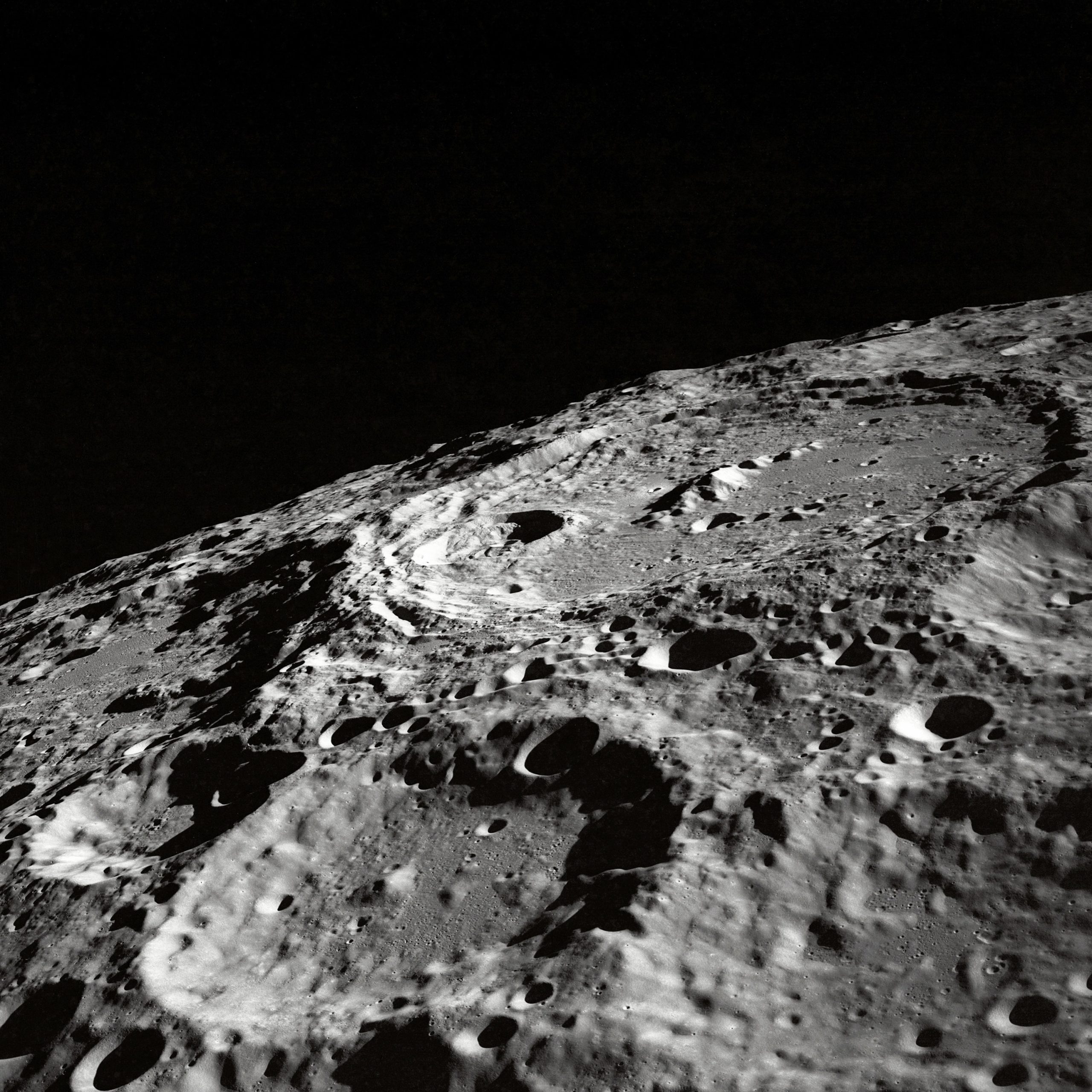What Causes a Waxing Crescent Moon?
One of the most captivating sights in the night sky is the moon. Its various phases, from a full moon to a new moon, have fascinated humans for centuries. One of the intermediary phases that often catches our attention is the waxing crescent moon. Its delicate sliver of light gently illuminates the night sky, ushering in a sense of tranquility. But what causes this mesmerizing lunar phase? Let’s dive into the science behind the waxing crescent moon and understand its formation.
The Lunar Cycle Explained
To comprehend the waxing crescent moon, we must first grasp the concept of the lunar cycle. The lunar cycle refers to the continuous orbit of the moon around the Earth, completing one revolution in approximately 29.5 days. During this period, the moon goes through a series of phases, each with its distinct appearance and visibility.
The lunar cycle begins with the new moon, which occurs when the moon is positioned between the Earth and the sun. During this phase, the side of the moon facing the Earth remains dark, invisible to us due to the absence of direct sunlight. As the days progress, the moon gradually moves away from the sun, and its illuminated portion becomes visible.
The cycle proceeds with the waxing crescent moon, followed by the first quarter moon, waxing gibbous moon, full moon, waning gibbous moon, last quarter moon, and finally, the waning crescent moon before returning to the new moon phase.
Understanding the Waxing Crescent Moon
The waxing crescent moon is visible shortly after the new moon and before the first quarter moon. It appears as a slender crescent shape with only a small portion of its surface illuminated. This delicate sliver of light occurs due to the angle at which the sun’s rays hit the moon during this particular phase.
During the waxing crescent, the moon is positioned in the sky to the west of the sun. From an observer on Earth, this means that only a small portion of the moon is receiving direct sunlight, while the rest remains in shadow. The illuminated portion gradually increases, resulting in the moon’s gentle crescent shape that captivates stargazers worldwide.
Explaining the specific angle of illumination during the waxing crescent moon can be complex, so let’s consider a simplified model. Imagine a basketball representing the moon and a flashlight representing the sun. If you shine the flashlight at the basketball from the side, only a portion of the basketball will be illuminated, similar to how the waxing crescent moon appears.
What Causes the Waxing Crescent Moon?
Several key factors contribute to the formation of the waxing crescent moon. First and foremost, the position of the moon relative to the sun plays a crucial role. As mentioned earlier, the moon is positioned to the west of the sun during this phase. This positioning is a consequence of the moon’s orbit around the Earth and the Earth’s orbit around the sun.
When the moon is to the west of the sun, it means the sun’s rays can partially illuminate the moon’s surface when viewed from Earth. However, the degree of illumination depends on the moon’s position in its orbit. When the moon is closer to the new moon phase, the crescent portion will appear narrower. As it moves closer to the first quarter moon phase, the crescent widens, eventually becoming a half-moon shape.
Another factor influencing the waxing crescent moon is the tilt of the moon’s orbit. The moon’s orbit is slightly inclined relative to the Earth’s orbit around the sun. This inclination causes the moon to appear slightly higher or lower in the sky throughout its cycle. The combination of the moon’s position to the west of the sun and its orbital tilt ensures that only a small portion of the moon receives direct sunlight during the waxing crescent phase.
Factors such as atmospheric conditions and geographical location can also impact the visibility of the waxing crescent moon. Cloud cover and light pollution can hinder our ability to see the delicate crescent shape clearly. Additionally, our position on Earth determines the angle at which we observe the moon, affecting the visibility of its various phases.
Conclusion
The waxing crescent moon is a breathtaking sight that marks the progress of the lunar cycle. Its slender crescent shape captures our imaginations and reminds us of the ever-changing celestial dance in the night sky. By understanding the moon’s position relative to the sun and its orbital tilt, we can appreciate the science and beauty behind the waxing crescent moon. So, the next time you gaze up at the night sky and spot that delicate sliver of light, remember the celestial mechanics that brought it into existence.
Table of Contents
